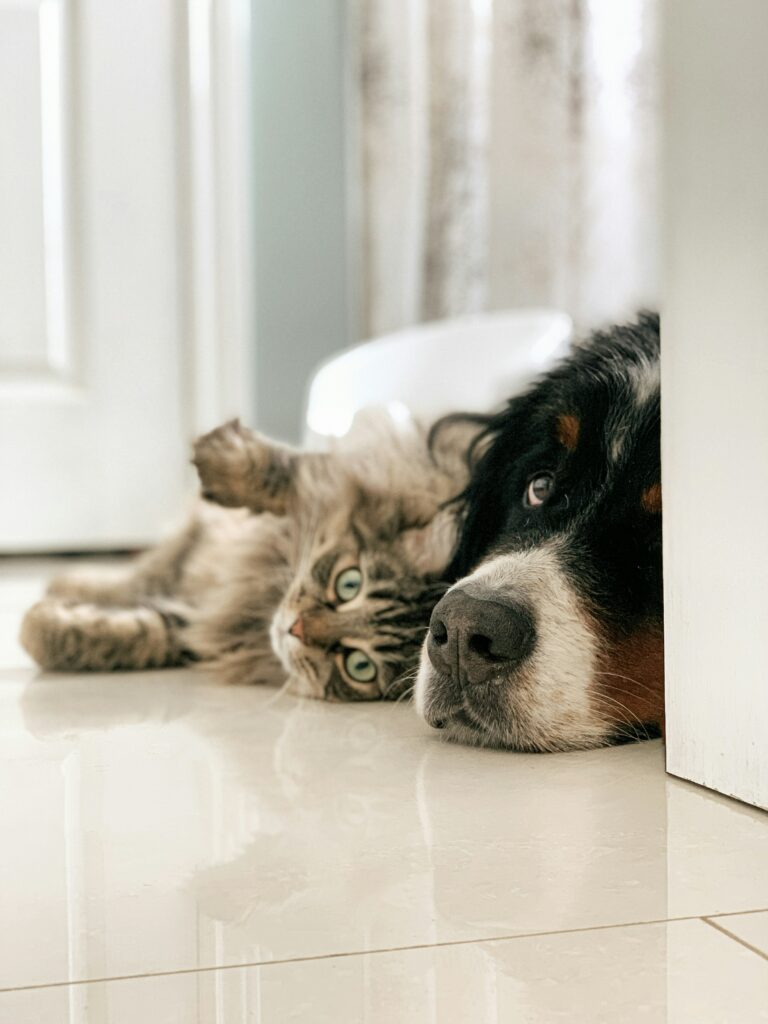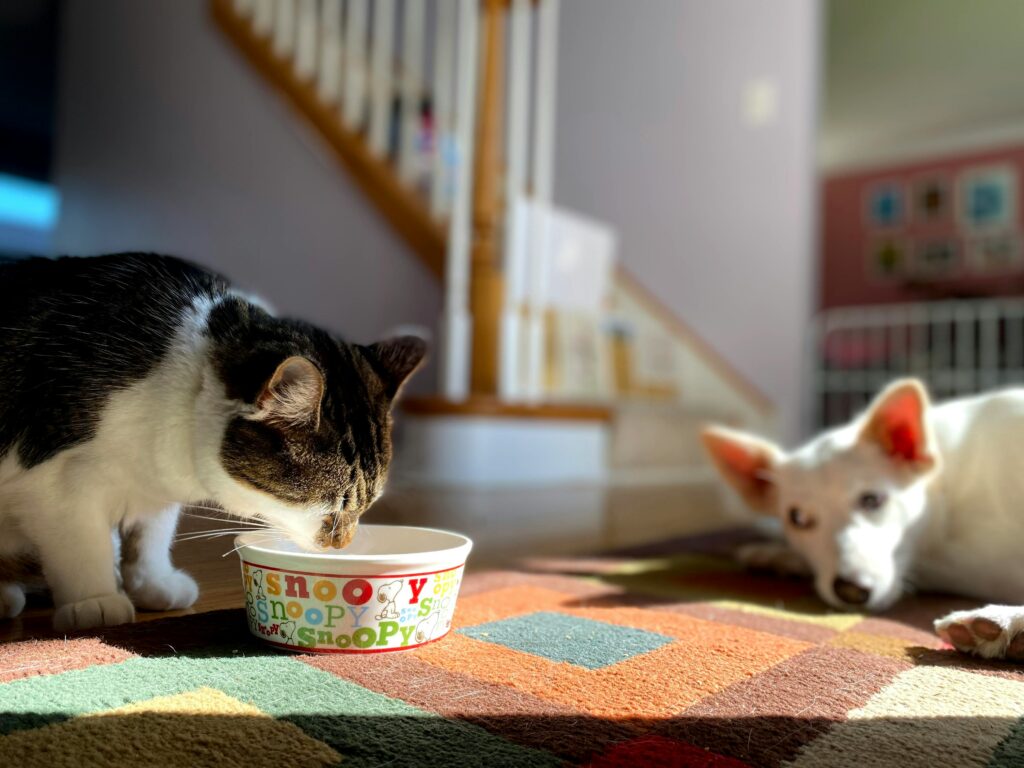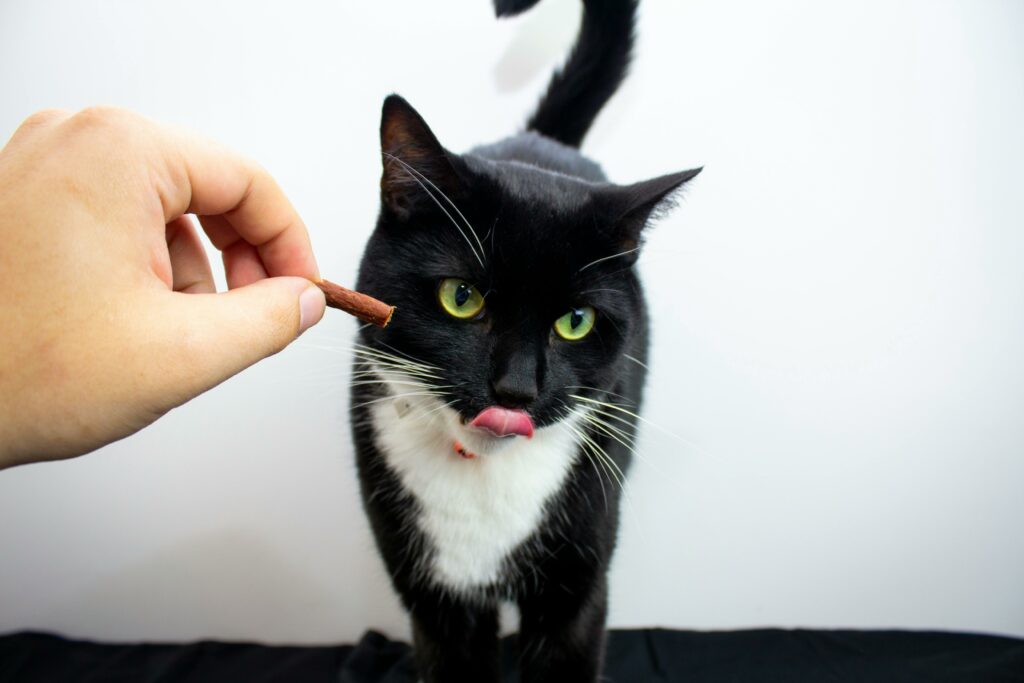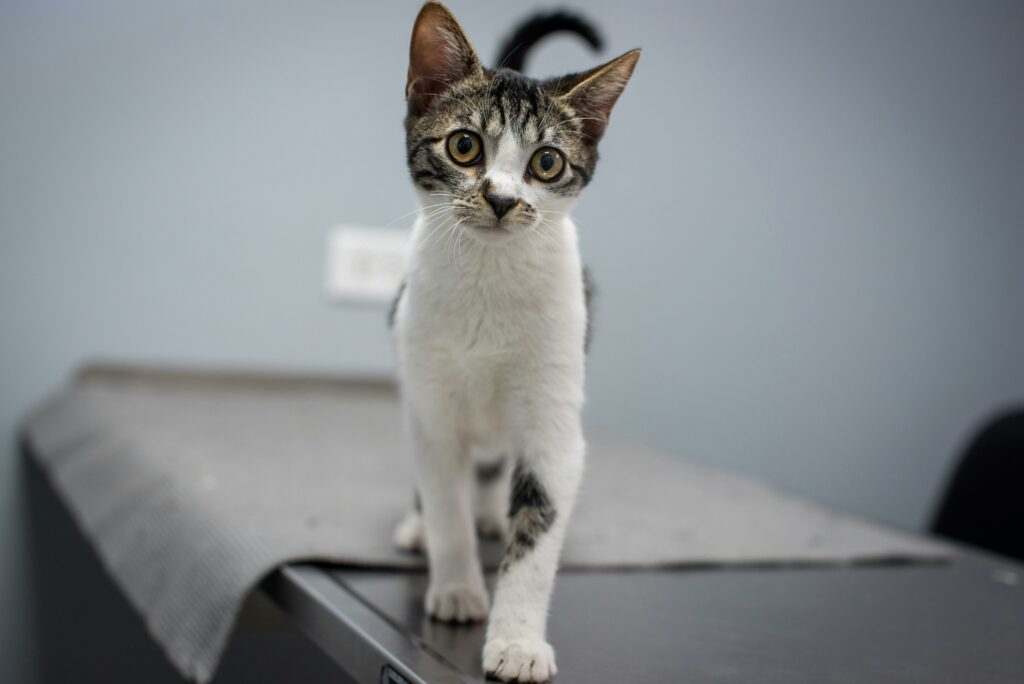Introducing rabbits to each other can be a delicate process that requires patience and careful observation. Unlike some pets, rabbits are naturally social animals that often thrive with companionship, but the bonding process must be handled properly to ensure safety and success. A well-executed rabbit bonding process not only prevents aggression and stress but also leads to happier, healthier pets that enjoy mutual grooming, play, and companionship. This guide will walk you through the essential steps of rabbit bonding, from preparation to maintaining long-term relationships.
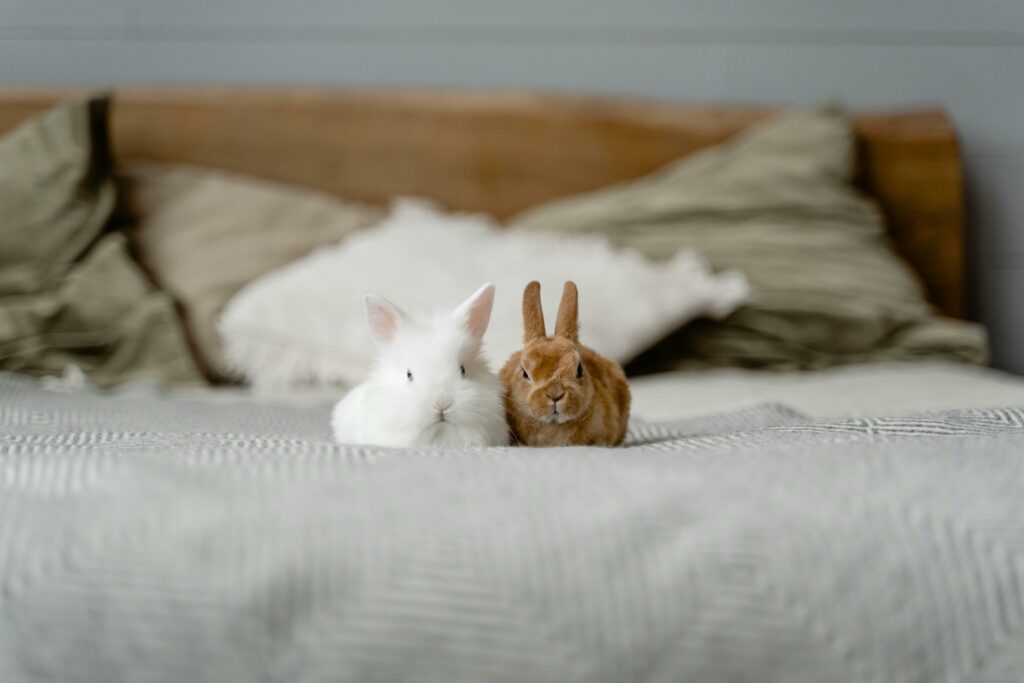
Understanding Rabbit Behavior Before Bonding
Before beginning the rabbit bonding process, it’s crucial to understand rabbit social dynamics. Rabbits are territorial by nature and establish hierarchies when living in groups. In the wild, they form complex social structures, and these instincts remain strong in domestic rabbits.
Rabbits communicate through body language, scent marking, and various behaviors that signal their comfort or distress. Recognizing these signals is essential when introducing rabbits to each other. Signs of aggression include lunging, boxing, biting, or chasing, while positive interactions might include grooming, lying next to each other, or sharing food.
Preparation for the Bonding Process
Timing and Spay/Neuter Status
The most critical preparation step in the rabbit bonding process is ensuring both rabbits are spayed or neutered. Unaltered rabbits are driven by hormones that make bonding nearly impossible. After spaying or neutering, allow 4-6 weeks for hormones to subside before attempting introductions.
Creating Neutral Territory
Rabbits are highly territorial, making neutral space essential for first meetings. Choose an area where neither rabbit has spent time before, such as a bathroom, hallway, or unfamiliar pen. This prevents one rabbit from feeling their space is being invaded during the initial rabbit bonding process.
Gathering Supplies
Before starting introductions, prepare these essential items:
- A spray bottle with water for separating fights
- Thick gloves to protect your hands
- A large, neutral space with non-slip flooring
- Stress-reducing aids like fresh herbs or hay
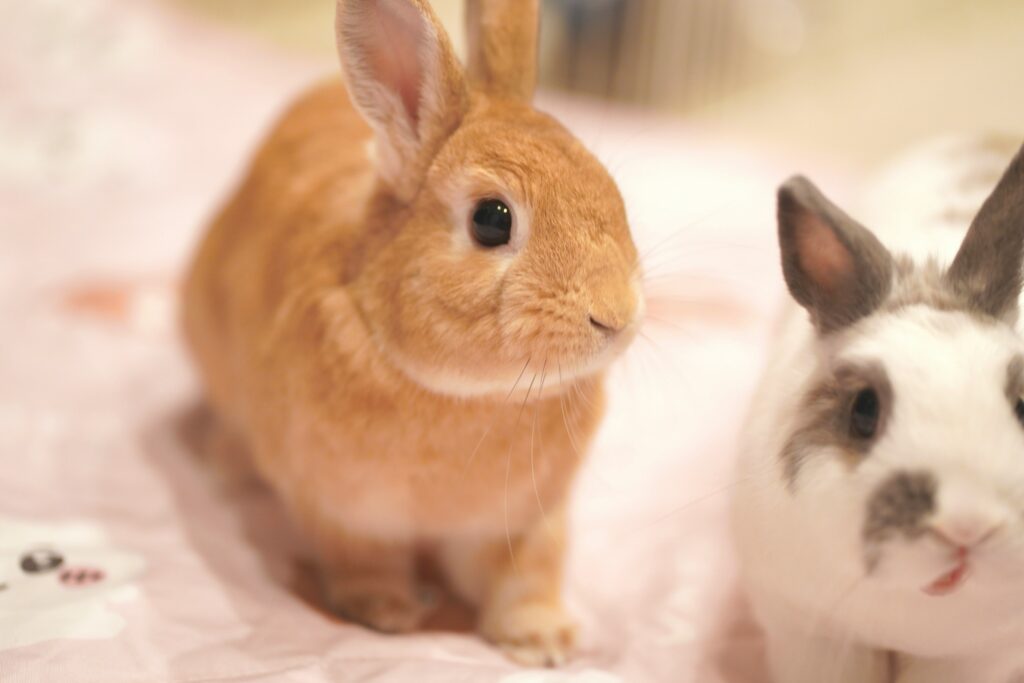
Step-by-Step Rabbit Bonding Process
1. Scent Familiarization
Begin the rabbit bonding process by exchanging scents between rabbits. Swap their bedding, toys, or litterboxes to help them become familiar with each other’s smell before visual contact. You can also try rubbing a clean cloth on each rabbit and placing it in the other’s living area.
2. Neighboring Living Spaces
Arrange their enclosures near each other with a safe barrier between them. This allows rabbits to see and smell each other without physical contact. Close observation during this stage provides insights into how they might interact during face-to-face meetings.
3. Controlled Introduction Sessions
The active rabbit bonding process begins with short, supervised sessions in neutral territory. Start with 10-15 minute meetings, gradually increasing duration as positive interactions occur. Stress bonding techniques like car rides or placing both rabbits in a laundry basket can sometimes accelerate bonding by encouraging them to seek comfort in each other.
During these sessions, remain calm but vigilant. Your anxiety can transfer to the rabbits, so maintain a peaceful environment throughout the rabbit bonding process.
4. Managing Challenges
Minor squabbles are normal during the rabbit bonding process. Mounting behavior and gentle chasing often establish dominance and aren’t necessarily concerning. However, serious fighting requires immediate intervention—use the spray bottle to distract them or place a towel over both rabbits to create a momentary “reset.”
If aggression persists, take a step back in the process and reintroduce more gradually. Each rabbit bonding journey is unique, and patience is essential for success.
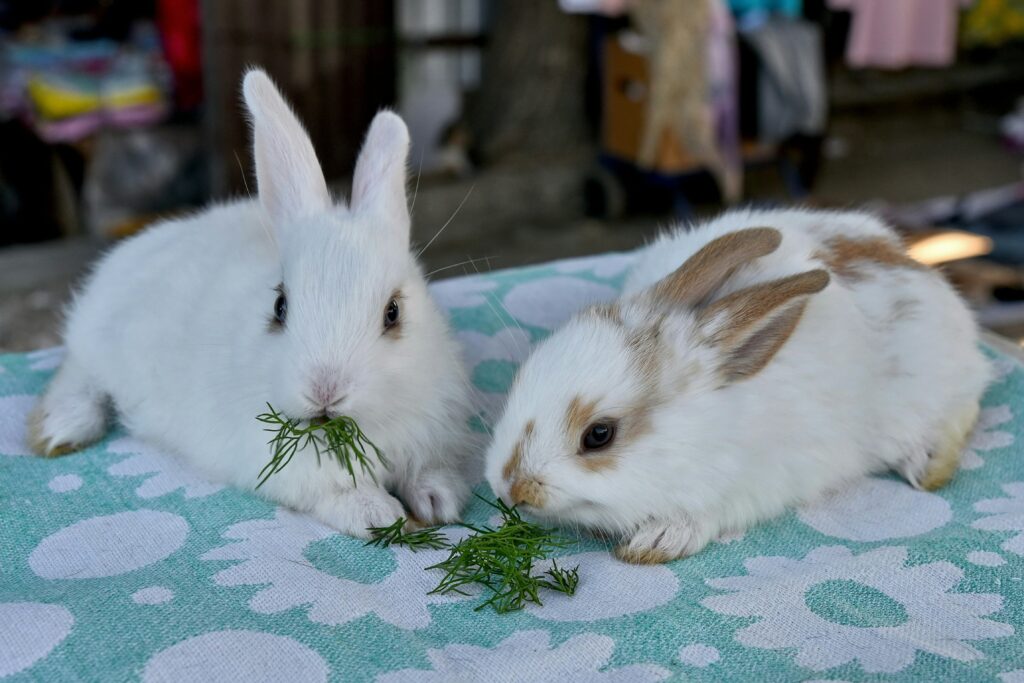
Signs of Successful Bonding
As the rabbit bonding process progresses, look for these positive indicators:
- Mutual grooming (especially the head and ears)
- Relaxed posture when together
- Eating side by side
- Flopping or lying down near each other
- Decreased territorial marking
These behaviors signal that your rabbits are forming a social bond and beginning to trust each other.
Creating a Long-term Living Arrangement
Once rabbits show consistent positive interactions with no aggression for several extended sessions, they may be ready to share living quarters. Make this transition gradually and thoughtfully during the final stage of the rabbit bonding process.
Provide multiple resources (food dishes, water bottles, litterboxes, and hiding spots) to prevent resource guarding. Continue monitoring their interactions for the first few weeks of cohabitation, especially when introducing new elements to their environment.
Common Challenges in the Rabbit Bonding Process
Even with careful planning, challenges may arise during the rabbit bonding process:
- Rebonding After Separation: If bonded rabbits must be separated (perhaps for medical reasons), they may need to go through parts of the bonding process again.
- Age and Personality Differences: Some combinations of rabbits bond more easily than others. Personality compatibility is as important as proper technique.
- Speed of Bonding: The rabbit bonding process might take days, weeks, or even months depending on the individuals involved.
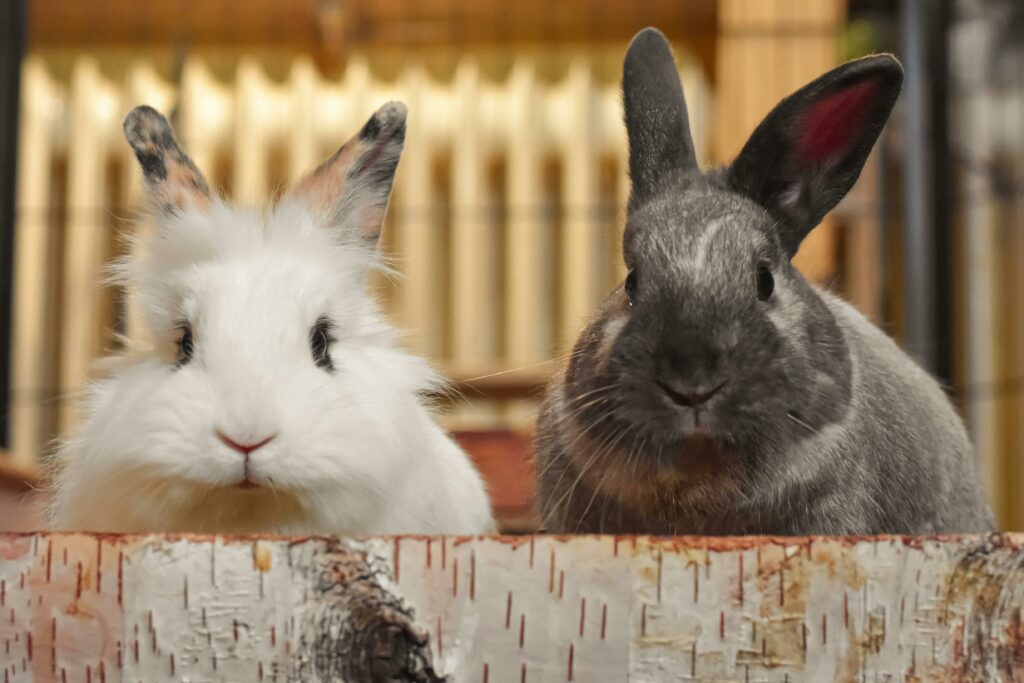
Conclusion
The rabbit bonding process requires patience, consistency, and careful observation, but the rewards are immense. Successfully bonded rabbits provide each other with companionship, mental stimulation, and often display increased confidence and happiness. By following these guidelines and adapting to your rabbits’ specific needs, you can help foster a meaningful connection between your furry companions that will enhance their quality of life for years to come.
Remember that each rabbit is unique, and the bonding timeline varies widely. Trust the process, stay consistent, and celebrate small victories along the way to successful rabbit bonding.
References
How to Successfully Introduce Rabbits in Group Settings: A Step-by-Step Guide – https://rabbit.org/behavior/socializing-bonding/how-to-successfully-introduce-rabbits-in-group-settings-a-step-by-step-guide/
Pairing up Rabbits (Bonding) – https://rabbitwelfare.co.uk/pairing-up-rabbits-bonding/































